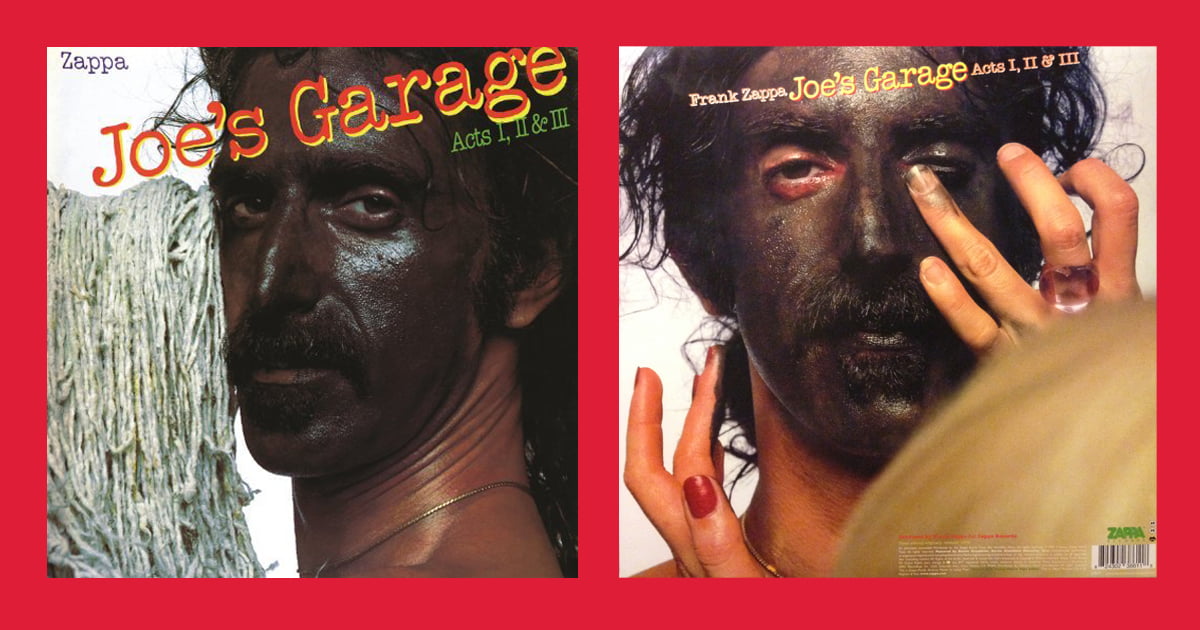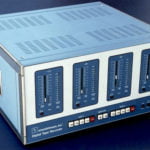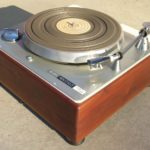It’s the time of year for saving money!
An album I more or less ignored for reasons once unknown — Frank Zappa’s 1980 rock opera Joe’s Garage — is now opening up its riches to me in ways I never expected.
Before I get going into this, I must state a couple details to lend a bit of perspective:
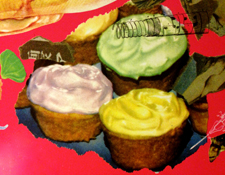 First off, I am a pretty-much life long, hardcore Zappa fan. I saw him live many times (1976… ’77… ’78… ’80…’81.. and ’84… and I would have seen the ’88 tour had the band not imploded mid tour). I have all the albums and I have most of the CDs, the live DVDs and now Blu-rays. And, probably most importantly, even though he passed away in the early 90s, Frank’s music is still as vital to me as it was when I first started listening to him in the early 1970s.
First off, I am a pretty-much life long, hardcore Zappa fan. I saw him live many times (1976… ’77… ’78… ’80…’81.. and ’84… and I would have seen the ’88 tour had the band not imploded mid tour). I have all the albums and I have most of the CDs, the live DVDs and now Blu-rays. And, probably most importantly, even though he passed away in the early 90s, Frank’s music is still as vital to me as it was when I first started listening to him in the early 1970s.
Secondly, I wasn’t into Joe’s Garage when it first came out, especially after being a big fan of its prior release Sheik Yerbouti and the albums before it. I was never sure why, but I tended to write it off down to the strained story line and the goofy and perhaps over-emphasized dialogue by The Central Scrutinizer character. Friends played Joe’s Garage a lot in college, so I certainly “heard” it a whole bunch. I eventually bought my own copies for the sake of being a Zappa completist, especially after I fell in love with the tracks “Watermelon In Easter Hay” (an instrumental containing one of Zappa’s most beautiful and melodic guitar solos) and “Outside Now.” There are other great tunes in there, but as Zappa records go, its never been my first choice for a casual listen or something to play for friends curious about Frank’s music.
In theory, I should have loved the record. But, I was never entirely sure why I didn’t connect with it on an emotional level…
That said, I approached this review with a certain amount of apprehension because I knew that the original release had a reputation for being a recording which many people revere, mastered by Stan Ricker (who comes out of the original Mobile Fidelity universe) and all that sort of thing.
I was wary whether I could have any value-add as a reviewer…
Well… from the get go, I can happily say without reservation that the new 2016 remastered version of Joe’s Garage is a revelation. And I learned some things along the way which some of you may not have heard about yet (stick with me for that value-add thing I mentioned…).
Overall, the music on Joe’s Garage now sounds much more open and warm. It sounds rich. It is welcoming. I feel like I am hearing Joe’s Garage for the first time.
Really…
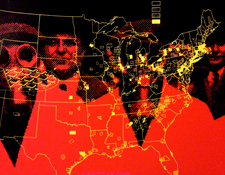 Going back to my mystery issue (if you will) I realize that there was always some — of what I assumed was a sort of — sonic treatment applied to this album which annoyed my ears and got in my way of connecting with the music. It was something I could never put my finger on. In the digital era of lo-fi MP3-flavored recordings I would refer to this sort of anomaly with phrases such as “harsh edges” or “crunchy” or “angular.” But… those terms can’t really apply to Joe’s Garage since it was recorded in 1979, well before the digital recording revolution.
Going back to my mystery issue (if you will) I realize that there was always some — of what I assumed was a sort of — sonic treatment applied to this album which annoyed my ears and got in my way of connecting with the music. It was something I could never put my finger on. In the digital era of lo-fi MP3-flavored recordings I would refer to this sort of anomaly with phrases such as “harsh edges” or “crunchy” or “angular.” But… those terms can’t really apply to Joe’s Garage since it was recorded in 1979, well before the digital recording revolution.
I then considered that it may have been some sort of effect applied to the album to increase its appeal on radio back in the day. Perhaps it was an “aural exciter,” a term I’d heard bantered about even back then as I was starting to get into things technical related to recording.
You can really hear the difference on the track “Crew Slut” in which this weird presence is very apparent. And — I will add — I only notice it clearly now as an anomaly simply because on the new remasters that oddness is decidedly not present! I hear the problem on the old pressings — I have a promo copy of Act 1 and a stock copy of Acts 2 & 3 — most noticeably happening around the vocals. There, it sounds like audio steel wool surrounds the music, especially in the mid ranges… So when Frank sings “Hey Hey Hey, all you girls in these industrial towns….” it sounds more like “Heyyyy Heyyy Heyyy Alll yeww girrlls in these industriallll townsz” …
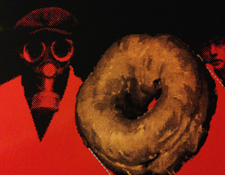 Ok, so I’m exaggerating a bit in a textual manner to make a visual point for you, Dear Readers. But, really, on the original LP pressings it sounds almost like there is a teeny tiny buzz saw flirting around the edge of every phrase.. an annoying musical mosquito in your ear that won’t go away…
Ok, so I’m exaggerating a bit in a textual manner to make a visual point for you, Dear Readers. But, really, on the original LP pressings it sounds almost like there is a teeny tiny buzz saw flirting around the edge of every phrase.. an annoying musical mosquito in your ear that won’t go away…
However, now on the new pressings, you hear simply Frank’s now-classic, post-accident, lower-register voicing (note: his larynx was crushed in the 1971 near murder attempt by a crazed fan who rushed the stage, lowering his voice by a third).
Of course it is not just the vocals that are effected. The bass and drums sound more realistic and full bodied now. Zappa’s guitar solos sound incredible and pure now, with much amplifier tone coming through the speakers. The new remastered Joe’s Garage sounded so different and significant, it made me wonder about the problem with the original recording and whether there was some detail I missed hearing about along the way….
]]>Curiosity raised, I started poking around the Interwebs to see if anything related to that topic popped up (I’m pretty good with keyword searches, folks). Sure enough, on a couple of Zappa fan sites I found interesting comments referencing an interview Zappa apparently gave in 1983 alluding to problems he had with the sound on Joe’s Garage back in the day. He attributed the issues to the half-speed mastering technique and how it translated to the LP pressing process. Now, I don’t know for certain if this quote has been transcribed 100-percent accurately, but you can click through to this link at the Zappa-fan driven WikiJawaka site to read the whole interview and decide for yourself. You can also find the interview excerpt at this fan site if you scroll down to the middle of the page under the header about Ryko/Zappa Records CDs.
For those of you who don’t like clicking on things, however, here is the comment I’m referring to:
 “The only album that we ever did with half-speed mastering was Joe’s Garage. It helps your top end, but it ruins the low end. Let’s examine the frequency spectrum of what we’re putting on the record. The new album has a lot of information around 30 cycles [Ed. Note: Low E on a bass guitar is 41.2 Hz], and there’s a very full sounding bottom on some of these tunes. If you were to master that at half-speed, you’d need an equalizer that would have to be looking at 15 cycles. So you get a crisper, but a thinner-sounding record if you master at half-speed. On the Joe’s Garage albums, we used half-speed mastering on all three of those discs, and I’m not totally delighted with the results.”
“The only album that we ever did with half-speed mastering was Joe’s Garage. It helps your top end, but it ruins the low end. Let’s examine the frequency spectrum of what we’re putting on the record. The new album has a lot of information around 30 cycles [Ed. Note: Low E on a bass guitar is 41.2 Hz], and there’s a very full sounding bottom on some of these tunes. If you were to master that at half-speed, you’d need an equalizer that would have to be looking at 15 cycles. So you get a crisper, but a thinner-sounding record if you master at half-speed. On the Joe’s Garage albums, we used half-speed mastering on all three of those discs, and I’m not totally delighted with the results.”
Rather than spend time literally digging deeply into the past to fact check the quote — I think I have the magazine in question buried somewhere in my basement storage closet — I decided to do the next best thing and inquire with the good folks at Universal Music Group (who, by the way, have kindly provided me with many of the new remasters for review here at Audiophilereview; full disclosure) to see if they had any insights.
They kindly put me in touch with Zappa archive Vaultmeister Joe Travers who concurred I wasn’t imagining things and that Frank indeed had issues with the original release of Joe’s Garage:
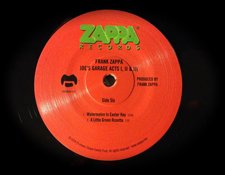 “We were aware of FZ’s issues with the first run of the record back in 1979. The combination of the half-speed mastering along with pressing issues were the culprits. This time around we made sure to address the bottom end, and Bernie Grundman of course is a master! The source is analog and the results speak for themselves. It really is the best version on vinyl EVER. Bernie’s chain, the pressing quality of Pallas, and the quality of today’s vinyl standards make the difference. Everything is just better now, and it should be, they have had so much time to perfect it! “
“We were aware of FZ’s issues with the first run of the record back in 1979. The combination of the half-speed mastering along with pressing issues were the culprits. This time around we made sure to address the bottom end, and Bernie Grundman of course is a master! The source is analog and the results speak for themselves. It really is the best version on vinyl EVER. Bernie’s chain, the pressing quality of Pallas, and the quality of today’s vinyl standards make the difference. Everything is just better now, and it should be, they have had so much time to perfect it! “
The pressing for Joe’s Garage is of a very high quality, pressed at Pallas in Germany on deep dark dead quiet 180-gram vinyl, packaged in audiophile-grade, plastic-lined inner sleeves.
The art work for the two volumes of Joe’s Garage have been cleverly and lovingly combined into one uniform package, housing all three albums in a lovely four-panel fold-out gatefold cover with the booklets integrated.
Joe’s Garage has received the tune up it always deserved. If you liked Joe’s Garage before, you’re probably going to love it even more now. It sounds dramatically better than the original.
So what more can a fan ask for in a reissue?
Well, how about a fair and reasonable retail price? To that, I give kudos to Universal and the Zappa Family Trust regarding this new reissue as I’ve seen Joe’s Garage selling for under $35, which is totally fair for an audiophile grade, three-LP set pressed on 180-gram vinyl in Germany. Especially with the fairly extensive restoration effort put behind it (hiring people like Bernie Grundman costs some coin, kids).
I like this new edition so much I am likely getting rid of my old original pressings. I rarely, if ever, do that sort of thing. But the reality is I will never listen to those old LPs again.
This new 2016 remastered reissue is clearly the way Joe’s Garage was meant to be heard on vinyl.
